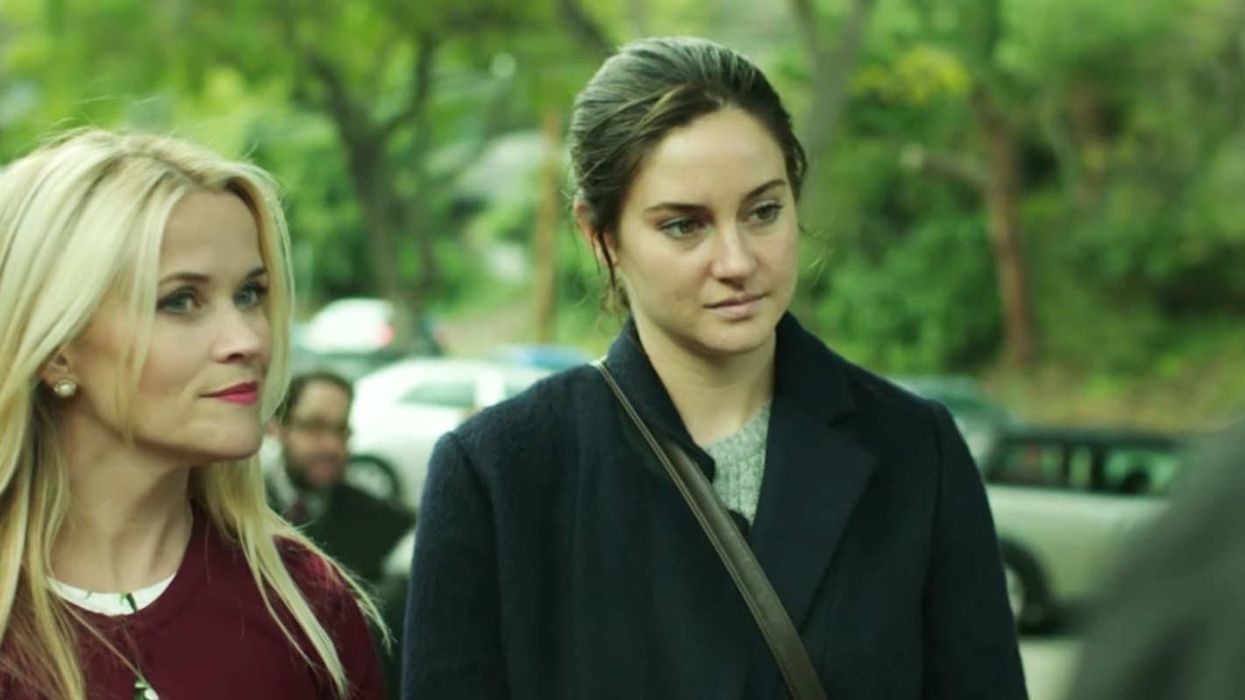Watch: 3 Editing Techniques 'Big Little Lies' Uses to Create Empathy
The skillful editing of 'Big Little Lies' establishes relationships (and creates empathy) for its characters.

In a video essay created by YouTuber mzak, we're shown how Big Little Lies, HBO's award-dominating series about characters caught in the web of a murder investigation, uses skilfull editing to help craft the show's emotional tone.
The video essay focuses on how empathy is created within this cinematic television series, partly through careful control of multiple points-of-view that connect characters and guide the viewer's psychological understanding. This is thanks to a series of cuts that grant access to the inner thoughts of its men and women on screen.
The essay is quite exacting in its visual analysis—to get the whole argument, you really have to watch it—but here's a rough introduction to some of the ideas in play.
1. Forget establishing shots and jump right into the characters' POV
Many of the scenes lack wide establishing shots, which are practically ubiquitous in narrative storytelling. The scenes often begin with a closer, unknown perspective—a character watching another character, for example—though often we don't know who. We see people watching other people, and people being watched.
2. Matching eyelines as a way of transitioning from one scene to the next
The scenes "never quite seem to end...they seem to spill into each other." Mzak points out the subtle intricacies in skilfull editing that "creates a web of looks, reactions, and reinforcement," using eyelines to connect characters not only within scenes but between scenes, matching gazes. And, going further, since multiple scenes are set in one location, the viewpoints intertwine in increasingly complex, dizzying, ways.
3. "Thought Cuts" that emphasize a character's internal emotions
Another way the editing directly affects the viewer's relationship to the story is by employing what mzak identifies as "thought cuts," communicating the thoughts that preoccupy our characters. These are shown in brief, silent cuts that, due to their placement and relationship to one another, read as the internality of the character. The viewer is granted access to subjectivity in a way that's often difficult to achieve in film, but is often used in the work of the series' director Jean-Marc Vallée.
These shots, when used in Big Little Lies and combined with the network of gazes and connected scenes, create a unique psychological space for the viewer to inhabit, one that puts them in the story in a way that lets us feel the characters' uncertainty. As a result, we feel for them because we're implicated in what (and how) they see the world. No matter what the subject happens to be, it's a very useful idea for filmmakers.
Filmmaking is a visual art form, and all movies are, at the most primitive level, about the act of looking. Check out this fascinating video essay. You'll be glad you did.











